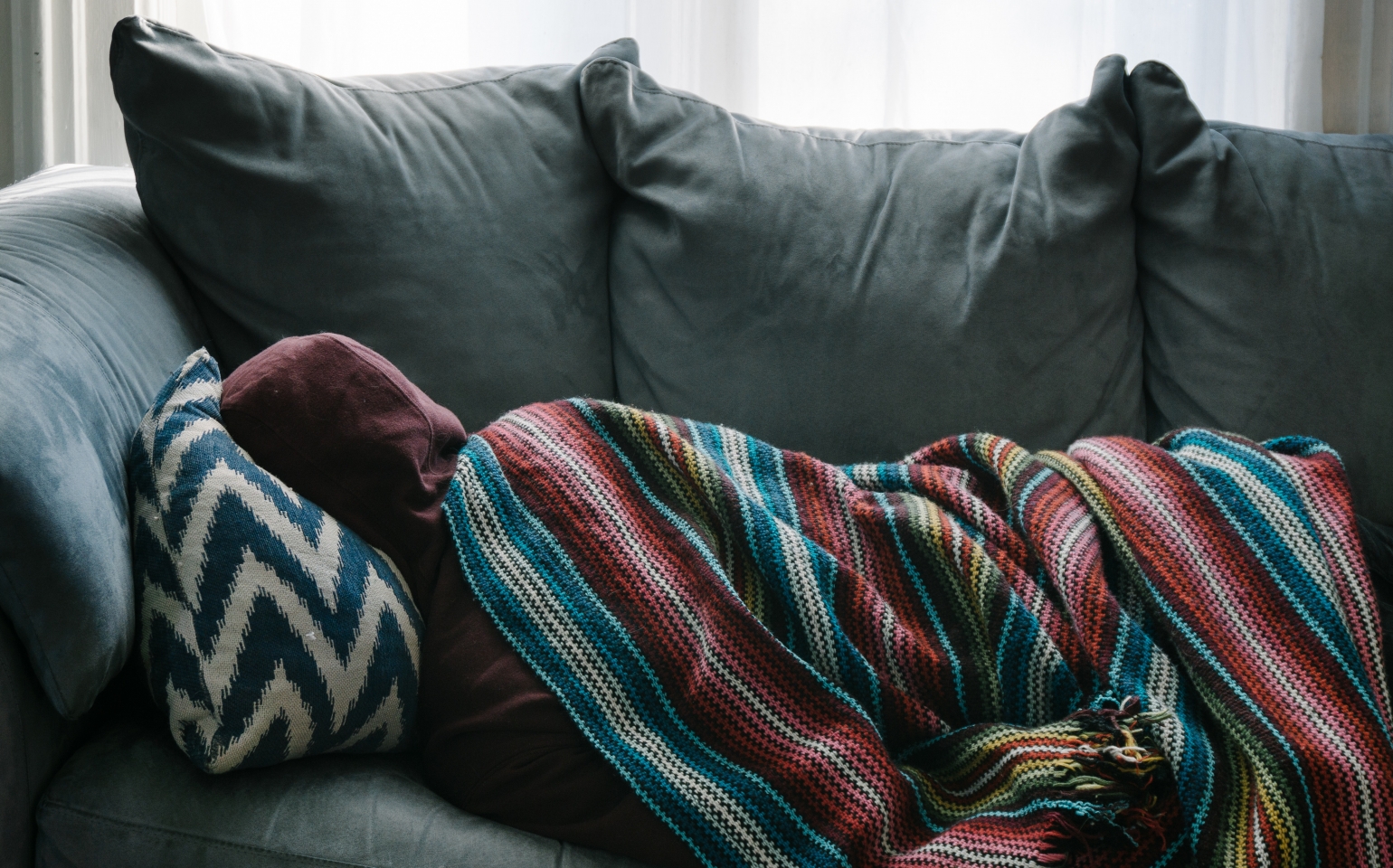The researchers examined 358,451 UK Biobank participants who had neither high blood pressure nor a stroke.
While an afternoon nap may seem harmless, a recent study indicates that a consistent napping pattern may be detrimental to your heart health.
According to a recent study that was published in the American Heart Association journal ‘Hypertension’, those who frequently nap have a higher risk of developing high blood pressure and having a stroke.
This is the first study to examine whether frequent napping was linked to high blood pressure and ischemic stroke using both observational analysis of patients over a long period of time and Mendelian randomisation—a genetic risk validation.
“This may be because, although taking a nap itself is not harmful, many people who take naps may do so because of poor sleep at night. Poor sleep at night is associated with poorer health, and naps are not enough to make up for that,” said clinical psychologist, Michael Grandner in a statement.
The researchers examined 358,451 UK Biobank participants who had neither high blood pressure nor a stroke.
With an average follow-up report of about 11 years, they analysed the subjects to assess the relationship between napping and first-time reports of stroke or high blood pressure. According to how often they self-reported taking naps, participants were classified into three groups: “never/rarely,” “sometimes,” or “usually.”
People who typically napped in the study had a 12% higher risk of developing high blood pressure and a 24% higher risk of having a stroke compared to those who said they never napped.
Additionally, it was discovered by researchers that participants under the age of 60 who regularly napped had a 20% increased chance of having high blood pressure compared to those of the same age who never napped.
After the age of 60, those who regularly napped had a 10% higher risk of having high blood pressure than those who never napped.
In comparison to never- or sometimes-nappers, a higher proportion of habitual nappers were men, had lower levels of education and income, and reported engaging in daily drinking, smoking, sleeplessness, snoring, and being an evening person.
Throughout the course of the study, about three-fourths of the subjects remained in the same napping category (never, sometimes, or usually).
The Mendelian randomisation revealed that the risk of high blood pressure increased by 40% if napping frequency increased by one category (from never to sometimes or sometimes to usually). A higher frequency of naps was linked to a genetic predisposition to high blood pressure.
Even after researchers eliminated those at high risk for hypertension, such as those with type 2 diabetes, pre-existing high blood pressure, high cholesterol, sleep difficulties, and night shift workers, these findings remained valid.
The study concluded that the analyses proved that increased daytime nap frequency may be a responsible risk factor for essential hypertension. The cause and effect relationship of increased nap frequency with ischemic stroke was further supported by both the randomised and observational results.
As with any study, there are some limitations to be aware of.
For instance, the length of daily naps was not recorded; hence, it is unknown whether or how sleep length influences the risk of stroke or blood pressure.
Additionally, the frequency of naps was self-reported, meaning estimations are incomparable. The majority of the study’s participants were middle-aged or older people of European descent, therefore the findings might not be applicable to everyone.
Finally, more research is needed before drawing this conclusion because the scientific basis for the impact of daytime naps on blood pressure control or stroke has not yet been uncovered.







